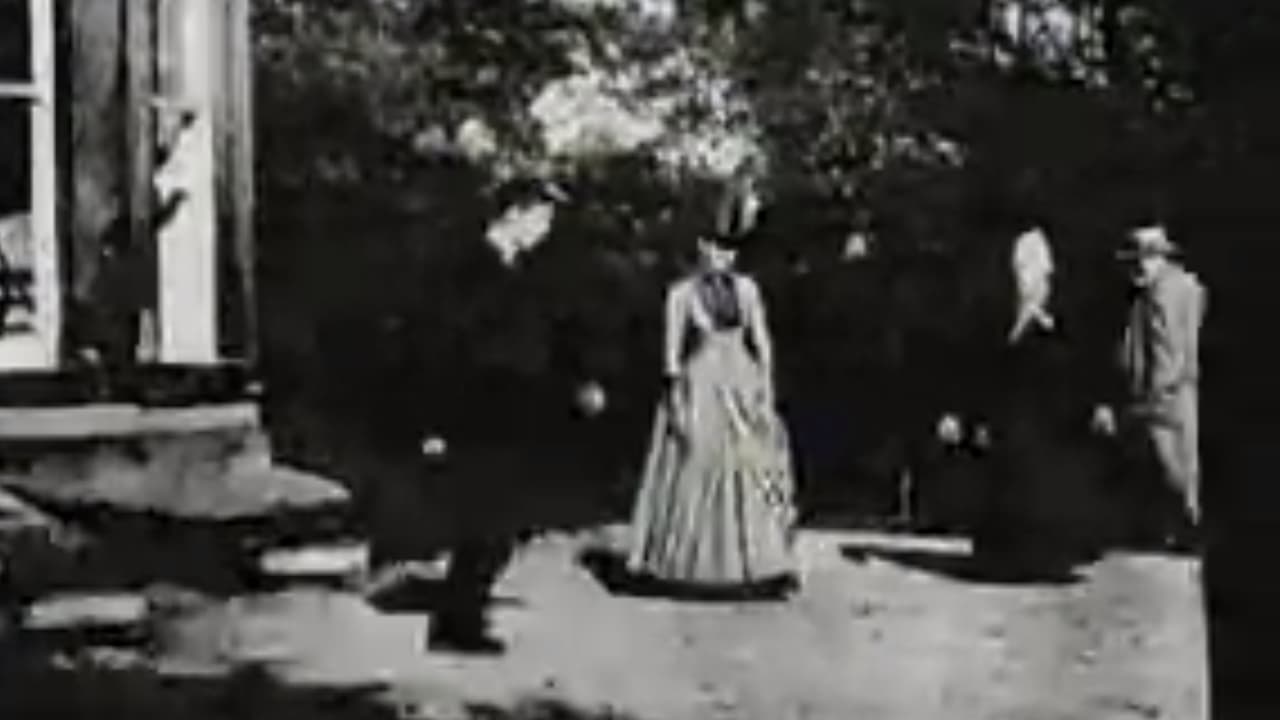
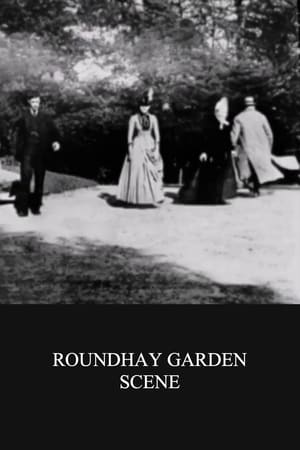
Roundhay Garden Scene(1888)
The earliest surviving celluloid film, and believed to be the second moving picture ever created, was shot by Louis Aimé Augustin Le Prince using the LPCCP Type-1 MkII single-lens camera. It was taken in the garden of Oakwood Grange, the Whitley family house in Roundhay, Leeds, West Riding of Yorkshire (UK), possibly on 14 October 1888. The film shows Adolphe Le Prince (Le Prince's son), Mrs. Sarah Whitley (Le Prince's mother-in-law), Joseph Whitley, and Miss Harriet Hartley walking around in circles, laughing to themselves, and staying within the area framed by the camera. The Roundhay Garden Scene was recorded at 12 frames per second and runs for 2.11 seconds.
Movie: Roundhay Garden Scene
Top 4 Billed Cast
Himself
Himself
Herself
Herself (Harriet Hartley)

Roundhay Garden Scene
HomePage
Overview
The earliest surviving celluloid film, and believed to be the second moving picture ever created, was shot by Louis Aimé Augustin Le Prince using the LPCCP Type-1 MkII single-lens camera. It was taken in the garden of Oakwood Grange, the Whitley family house in Roundhay, Leeds, West Riding of Yorkshire (UK), possibly on 14 October 1888. The film shows Adolphe Le Prince (Le Prince's son), Mrs. Sarah Whitley (Le Prince's mother-in-law), Joseph Whitley, and Miss Harriet Hartley walking around in circles, laughing to themselves, and staying within the area framed by the camera. The Roundhay Garden Scene was recorded at 12 frames per second and runs for 2.11 seconds.
Release Date
1888-10-14
Average
6.31
Rating:
3.2 startsTagline
Genres
Languages:
No LanguageKeywords
Recommendations Movies
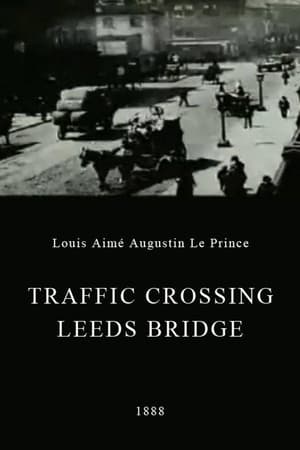 5.9
5.9Traffic Crossing Leeds Bridge(xx)
A film by Louis Aimé Augustin Le Prince, shot in late October 1888, showing pedestrians and carriages crossing Leeds Bridge.
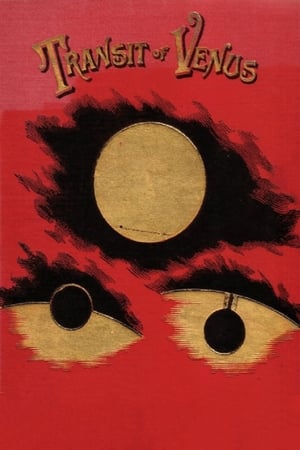 6.4
6.4Passage of Venus(fr)
Photo sequence of the rare transit of Venus over the face of the Sun, one of the first chronophotographic sequences. In 1873, P.J.C. Janssen, or Pierre Jules César Janssen, invented the Photographic Revolver, which captured a series of images in a row. The device, automatic, produced images in a row without human intervention, being used to serve as photographic evidence of the passage of Venus before the Sun, in 1874.
 6.4
6.4Le manoir du diable(fr)
In a medieval castle, a dark magician thought to be Mephistopheles conjures up a series of bizarre creatures and events in order to torment a pair of interloping cavaliers.
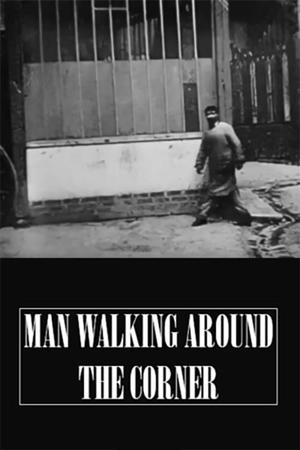 5.0
5.0Man Walking Around a Corner(xx)
The last remaining production of Le Prince's LPCC Type-16 (16-lens camera) is part of a gelatine film shot in 32 images/second, and pictures a man walking around a corner. Le Prince, who was in Leeds (UK) at that time, sent these images to his wife in New York City in a letter dated 18 August 1887.
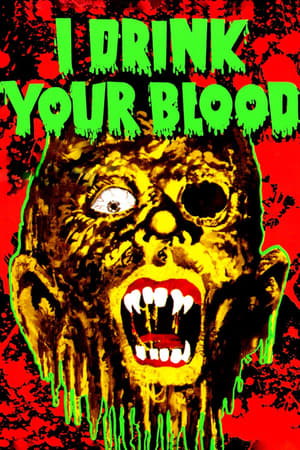 5.9
5.9I Drink Your Blood(en)
A group of Satanic hippies wreak havoc on a small town where a young boy, whose sister and grandfather were victimized by them, tries to get even - with deadly results.
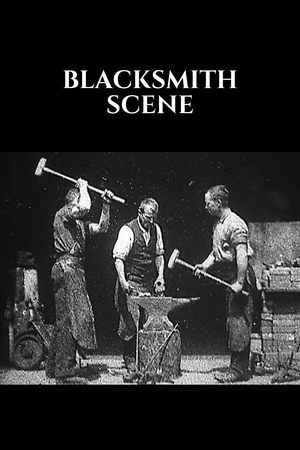 5.6
5.6Blacksmithing Scene(xx)
Three men hammer on an anvil and pass a bottle of beer around. Notable for being the first film in which a scene is being acted out.
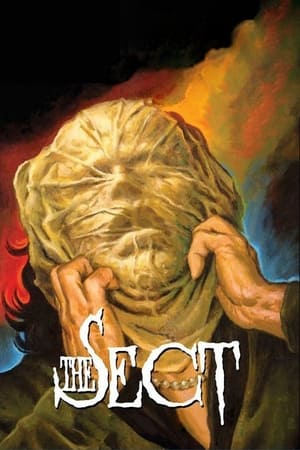 6.2
6.2The Sect(it)
A spree of grisly murders is perpetrated in Frankfurt by a group of Satan worshippers. A lonely schoolteacher almost runs over an elderly man and takes him in, unbeknown to her the man has plans for her – plans that involve a permanent future with the Satanic cult.
 5.7
5.7Hopelessly Devout(es)
A woman in a Catholic brotherhood in the south of Spain tries to be president in a world traditionally reserved to men.
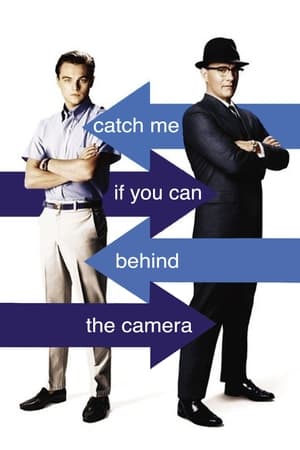 8.0
8.0Catch Me If You Can: Behind the Camera(en)
A behind-the-scenes look at the making of Stephen Spielberg's "Catch Me If You Can."
 5.1
5.1The Cabbage-Patch Fairy(fr)
The fairy at a cabbage patch hovers over the babies. This is a remake of Guy's 1896 film on the same subject, this time shot in 35 mm.
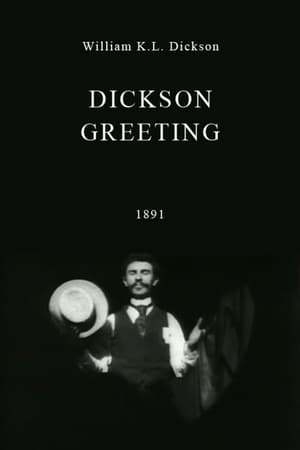 4.9
4.9Dickson Greeting(xx)
William K.L. Dickson brings his hat from his one hand to the other and moves his head slightly, as a small nod toward the audience. This was the first film produced by the Edison Manufacturing Company to be shown to public audiences and the press.
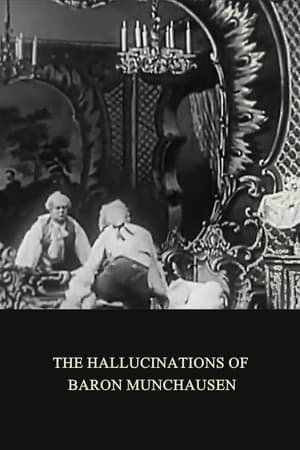 5.9
5.9The Hallucinations of Baron Munchausen(en)
After an evening of excessive wining and dining Baron Munchausen must be helped to bed by his servants. Once asleep, he has bizarre and frightening dreams.
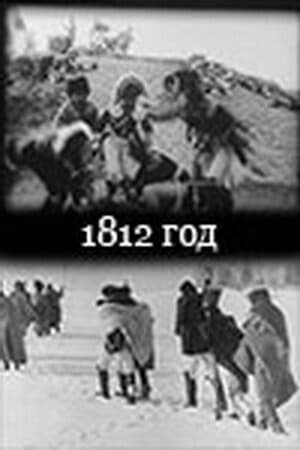 4.3
4.31812(xx)
Made in 1912, this film has become known as one of the greatest pieces of pre-Soviet cinema. The silent film tells the story of the Patriotic war of 1812 when Napoleon attempted to invade Russia. This joint French and Russian film sparked major excitement in Moscow at its premier screening and continues to entertain audiences throughout the world today. The 32-minute silent film was the point of origin for some of the more advanced camera techniques used today. Sirotin of the Voice of Russia said that, “The film is interesting to spectators even today and is frequently shown both in Russia and abroad.”
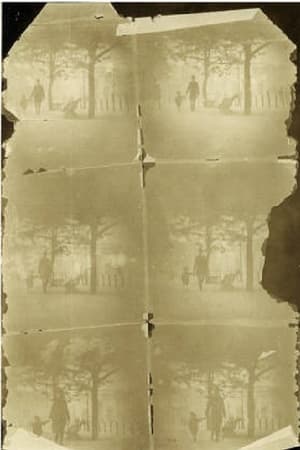 4.3
4.3Hyde Park Corner(xx)
Hyde Park Corner (also known as Leisurely Pedestrians, Open Topped Buses and Hansom Cabs with Trotting Horses) depicts life at Hyde Park Corner in London. It is claimed to be the first film set in London, as well as the first to be filmed on celluloid. It is currently considered a partially lost film, with only 6 possible film frames preserved as part of the Jonathan Silent Film Collection.
 6.7
6.7Workers Leaving the Lumière Factory(fr)
Working men and women leave through the main gate of the Lumière factory in Lyon, France. Filmed on 22 March 1895, it is often referred to as the first real motion picture ever made, although Louis Le Prince's 1888 Roundhay Garden Scene pre-dated it by seven years. Three separate versions of this film exist, which differ from one another in numerous ways. The first version features a carriage drawn by one horse, while in the second version the carriage is drawn by two horses, and there is no carriage at all in the third version. The clothing style is also different between the three versions, demonstrating the different seasons in which each was filmed. This film was made in the 35 mm format with an aspect ratio of 1.33:1, and at a speed of 16 frames per second. At that rate, the 17 meters of film length provided a duration of 46 seconds, holding a total of 800 frames.
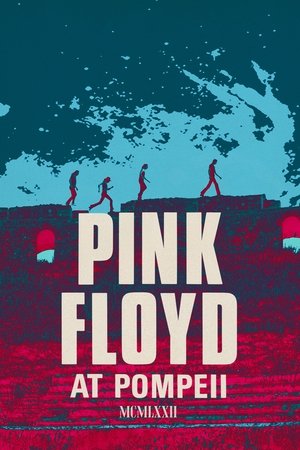 8.1
8.1Pink Floyd: Live at Pompeii(en)
British progressive rock band Pink Floyd perform at the ancient Roman Amphitheater in the ruins of Pompeii, Italy in 1971. Although the band perform a typical live set from the era, there is no audience beyond the basic film crew. The Bluray version of 2025 contains the following audio streams: 96kHz / 24bit LPCM uncompressed, 96kHz / 24bit 5.1 Dolby TrueHD, Dolby Atmos (Feature film only). You can choose to watch the entire movie or just the concert.
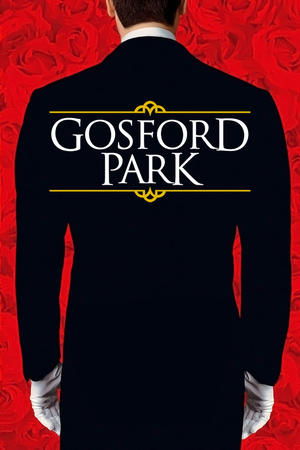 6.8
6.8Gosford Park(en)
In 1930s England, a group of pretentious rich and famous gather together for a weekend of relaxation at a hunting resort. But when a murder occurs, each one of these interesting characters becomes a suspect.
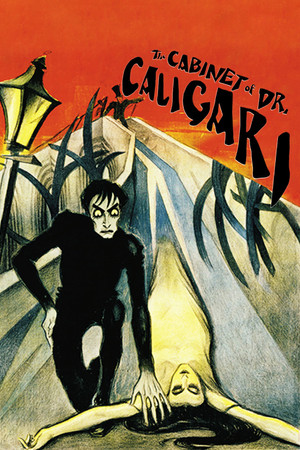 7.9
7.9The Cabinet of Dr. Caligari(de)
Francis, a young man, recalls in his memory the horrible experiences he and his fiancée Jane recently went through. Francis and his friend Alan visit The Cabinet of Dr. Caligari, an exhibit where the mysterious doctor shows the somnambulist Cesare, and awakens him for some moments from his death-like sleep.
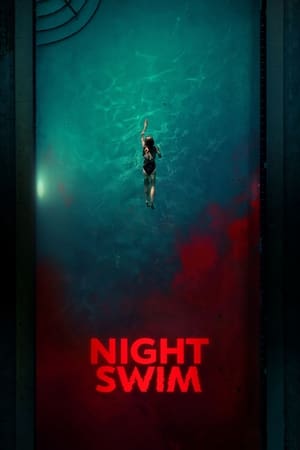 5.5
5.5Night Swim(en)
Forced into early retirement by a degenerative illness, former baseball player Ray Waller moves into a new house with his wife and two children. He hopes that the backyard swimming pool will be fun for the kids and provide physical therapy for himself. However, a dark secret from the home's past soon unleashes a malevolent force that drags the family into the depths of inescapable terror.
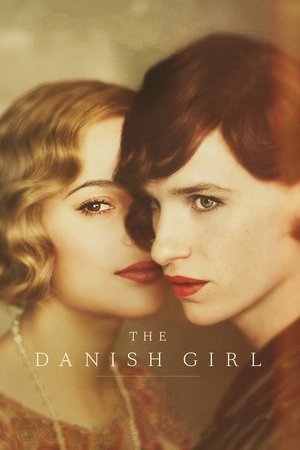 7.6
7.6The Danish Girl(en)
When Gerda Wegener asks her husband Einar to fill in as a portrait model, Einar discovers the person she's meant to be and begins living her life as Lili Elbe. Having realized her true self and with Gerda's love and support, Lili embarks on a groundbreaking journey as a transgender pioneer.
Similar Movies
 0.0
0.0The Costume Designer(en)
This short focuses on the job of the costume designer in the production of motion pictures. The costume designer must design clothing that is correct for the film historically and geographically, and must be appropriate for the mood of the individual scene. We see famed costume designer Edith Head at work on a production. The Costume Designer was part of The Industry Film Project, a twelve-part series produced by the film studios and the Academy. Each series episode was produced to inform the public on a specific facet of the motion picture industry. Preserved by the Academy Film Archive in 2012.
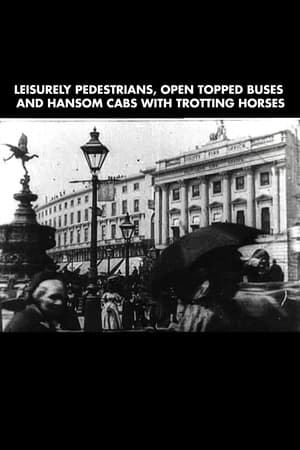 3.8
3.8Leisurely Pedestrians, Open Topped Buses and Hansom Cabs with Trotting Horses(xx)
Alleged silent black-and-white short film shot at Apsley Gate, Hyde Park, London. It was claimed to be the first motion picture until pre-dating footage shot by Louis Le Prince was discovered. It was never publicly shown and is now considered a lost film with no known surviving prints or stills.
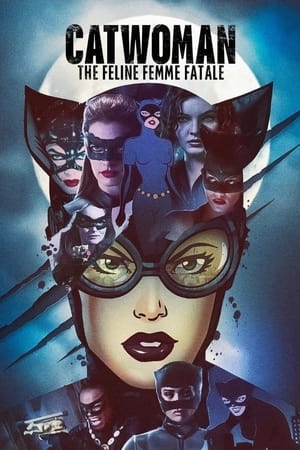 8.5
8.5Catwoman: The Feline Femme Fatale(en)
A documentary about the history of Catwoman from DC.
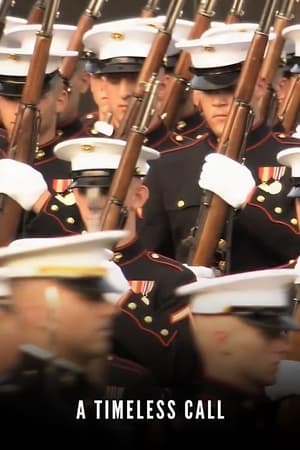 5.5
5.5A Timeless Call(en)
U.S. Veteran tribute made for the 2008 Democratic convention.
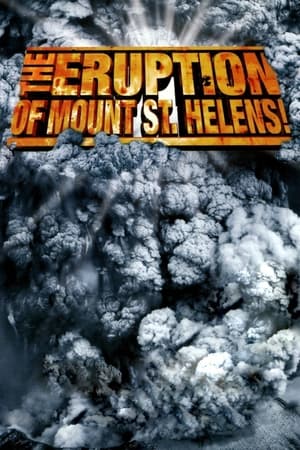 6.4
6.4The Eruption of Mount St. Helens!(en)
Originally shown in IMAX theaters, this film presents highly detailed and lavish views of the gorgeous scenery of the Pacific Northwest, both as they appeared before the top 1,300 feet of Mount St. Helens was blown into the sky and during the disaster's dramatic aftermath.
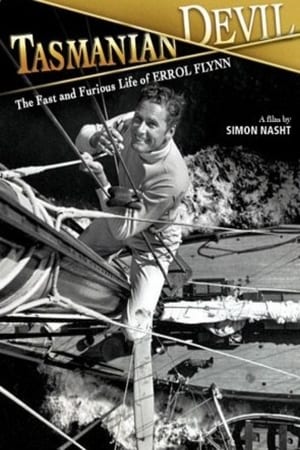 9.0
9.0Tasmanian Devil: The Fast and Furious Life of Errol Flynn(en)
The story of Tasmanian-born actor Errol Flynn whose short & flamboyant life, full of scandals, adventures, loves and excess was largely played out in front of the camera - either making movies or filling the newsreels and gossip magazines. Tragically he was dead from the effects of drugs and alcohol by the time he was only 50 & the myths live on. But there is another side of Flynn that is less well known - his ambitions to be a serious writer and newspaper correspondent, his documentary films and his interest in the Spanish Civil War and Castro's Cuba
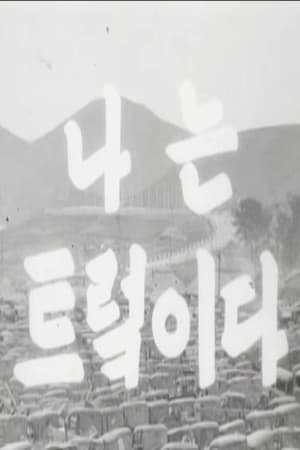 8.0
8.0I Am a Truck(ko)
Worldy renowned for his masterpiece The Housemaid (1960), Kim Ki-young debuts with his first short film I Am a Truck (1953), which was sponsored by UN and made a year after the armistice of the Korean War. This film is a fascinating glimpse into the mind of a soon-to-be powerful auteur and influential filmmaker in the post-war Korean cinema, if not the whole history of Korean cinema.
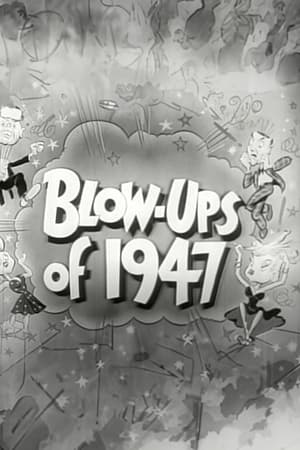 6.3
6.3Blow-Ups of 1947(en)
Flubs and bloopers that occurred on the set of some of the major Warner Bros. pictures of 1947.
Translating History to Screen(en)
Translating History to Screen (2008) Video Short - 10 June 2008 (USA)
Africa Light / Gray Zone(en)
"Africa Light" - as white local citizens call Namibia. The name suggests romance, the beauty of nature and promises a life without any problems in a country where the difference between rich and poor could hardly be greater. Namibia does not give that impression of it. If you look at its surface it seems like Africa in its most innocent and civilized form. It is a country that is so inviting to dream by its spectacular landscape, stunning scenery and fascinating wildlife. It has a very strong tourism structure and the government gets a lot of money with its magical attraction. But despite its grandiose splendor it is an endless gray zone as well. It oscillates between tradition and modernity, between the cattle in the country and the slums in the city. It shuttles from colonial times, land property reform to minimum wage for everyone. It fluctuates between socialism and cold calculated market economy.
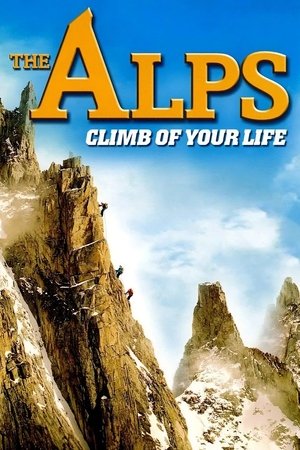 6.8
6.8The Alps - Climb of Your Life(en)
In 1966, John Harlin II died while attempting Europe's most difficult climb, the North Face of the Eiger in Switzerland. 40 years later, his son John Harlin III, an expert mountaineer and the editor of the American Alpine Journal, returns to attempt the same climb.
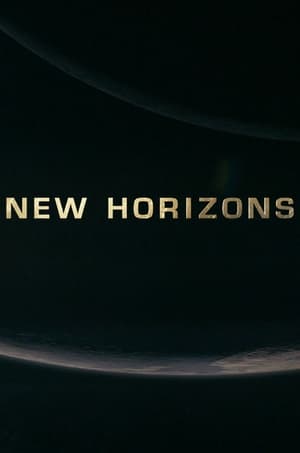 8.5
8.5New Horizons(en)
A brief visualisation of NASA’s historic spacecrafts Mariner, Pioneer, Voyager, and Dawn, exploring the solar system, culminating in the New Horizons mission.
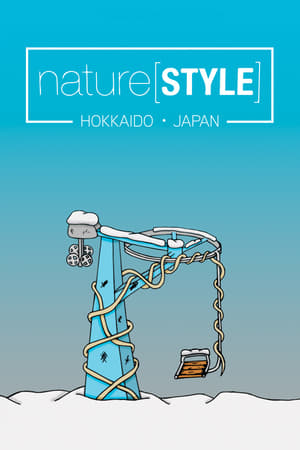 0.0
0.0Naturestyle: Hokkaido Japan(en)
Hokkaido, the North Island of Japan, is a powder-lover's paradise. If you’ve never been, it’s time to start planning your trip. And consider this new film from Director Jeremy Dubs to be your crash course in traveling to Japan. Follow Dubs and crew as they explore Hokkaido’s vast mountains, welcoming locals and exotic cuisine. Whether it’s wandering around abandoned resorts, carving snow caves with chainsaws or trying their best to woo women, there’s never a dull moment with this crew.
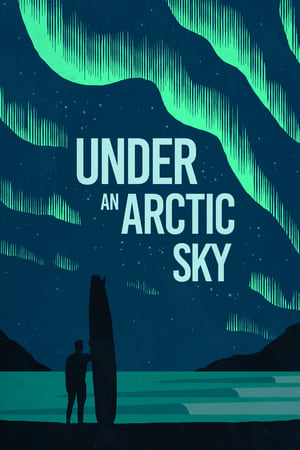 7.5
7.5Under an Arctic Sky(en)
Six fearless surfers travel to the north coast of Iceland to ride waves unlike anything they've ever experienced, captured with high-tech cameras.
Trans-Canada Journey(en)
A jetliner spans the miles, sheering through clouds to open sky and scenic vistas of the provinces below. Glimpses of town and country, of people of many ethnic origins, of a resourceful and industrious nation - impressions it would take days and weeks to gather at first hand - are brought to you in this vivid 1800-kilometer panorama.
 8.0
8.0Behind the Tunes: A Conversation with Tex Avery(en)
An interview with 'Tex Avery'.
Tenebrae factae sunt(la)
A documentary about the Parisian night club “Bus Palladium”. This film was theatrically released as a complement for Godard's Masculin, féminin.
 0.0
0.0Black Crowns(es)
The hairstyles of four Afro-descendant people from Mexican - Senegalese families, represent the starting point to reflect, through memories that emerge from their past and present, what it is like to live in México wearing a Black Crown and the consequences that implies.
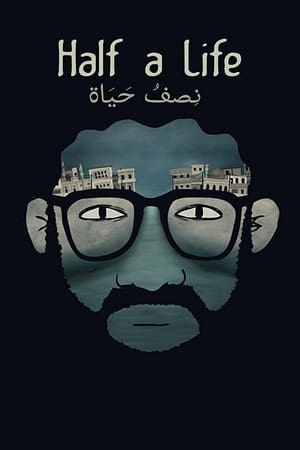 4.5
4.5Half a Life(ar)
After a traumatic encounter, a young gay Egyptian joins the LGBT rights movement. When his safety is jeopardized, he must choose whether to stay in the country he loves or seek asylum elsewhere as a refugee. "Half a Life" is a timely story of activism and hope, set in the increasingly dangerous, oppressive, and unstable social climate of Egypt today.
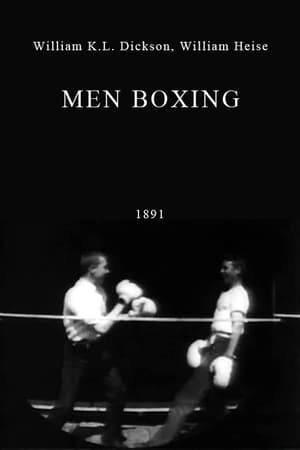 4.1
4.1Men Boxing(xx)
Experimental film fragment made with the Edison-Dickson-Heise experimental horizontal-feed kinetograph camera and viewer, using 3/4-inch wide film.